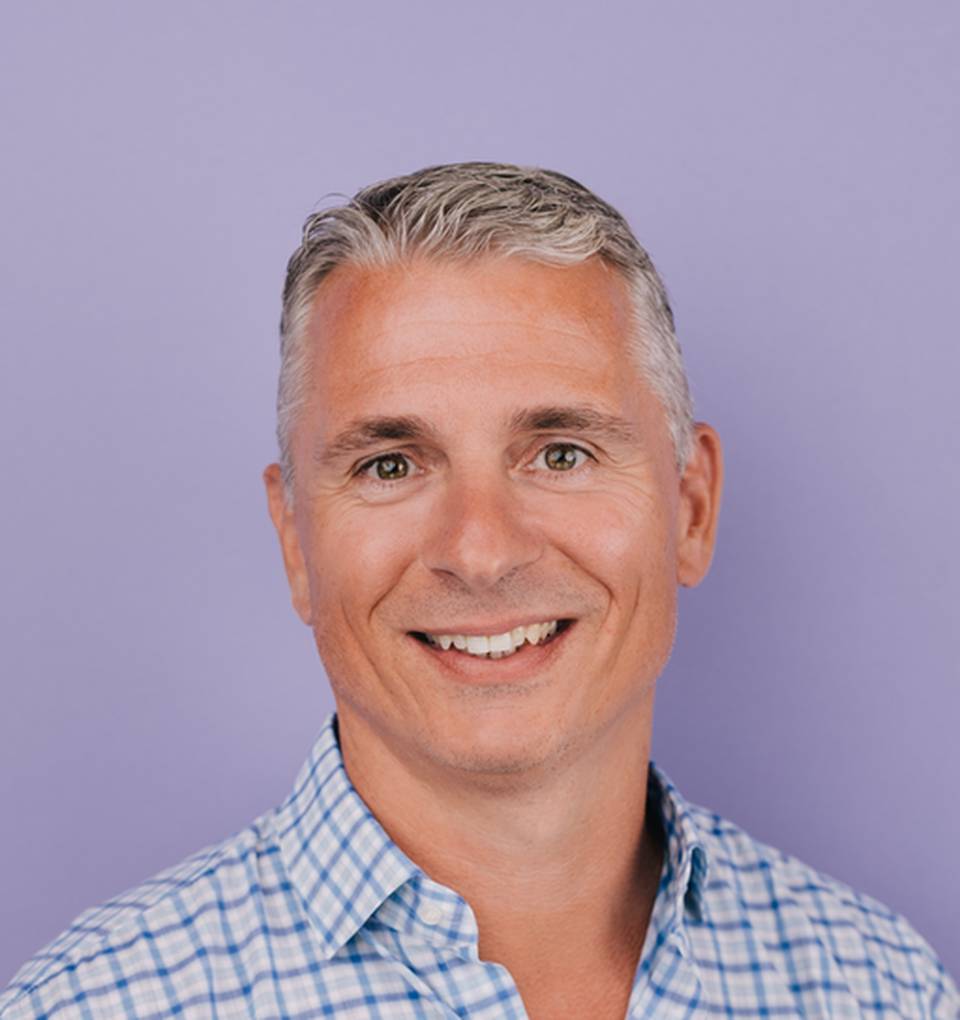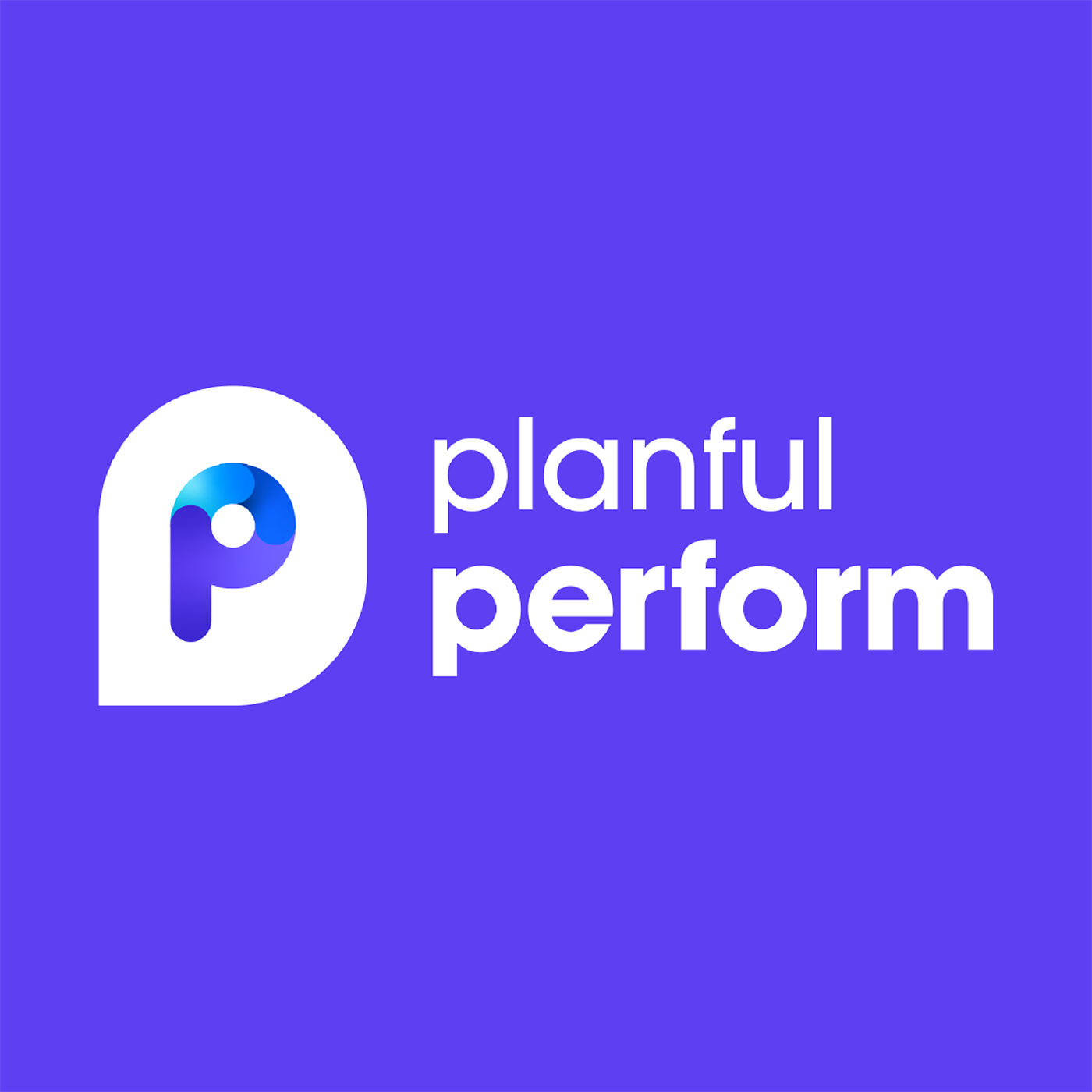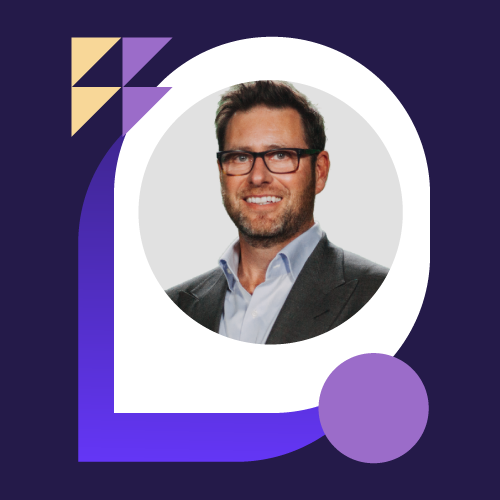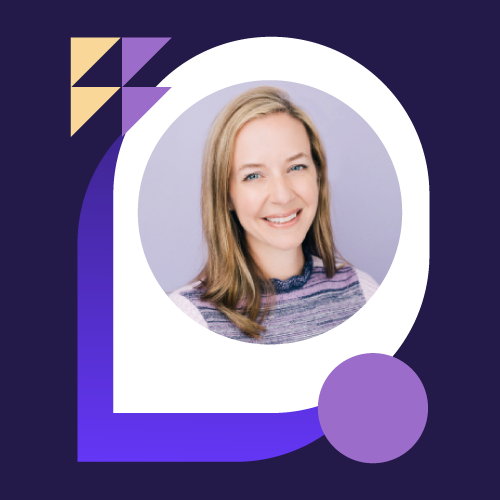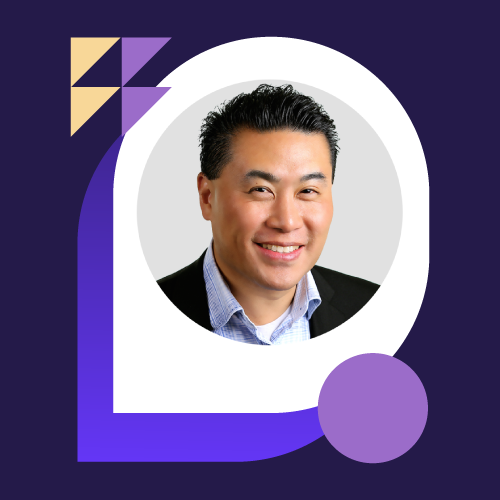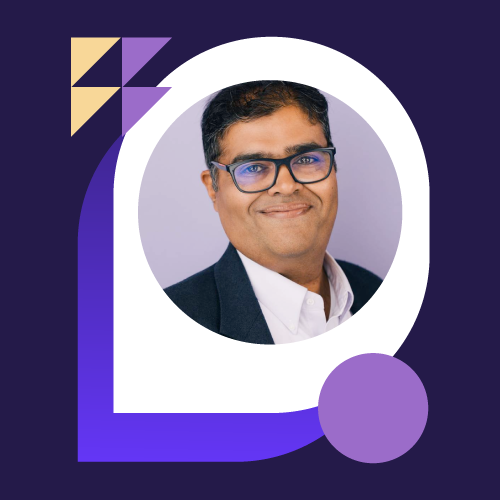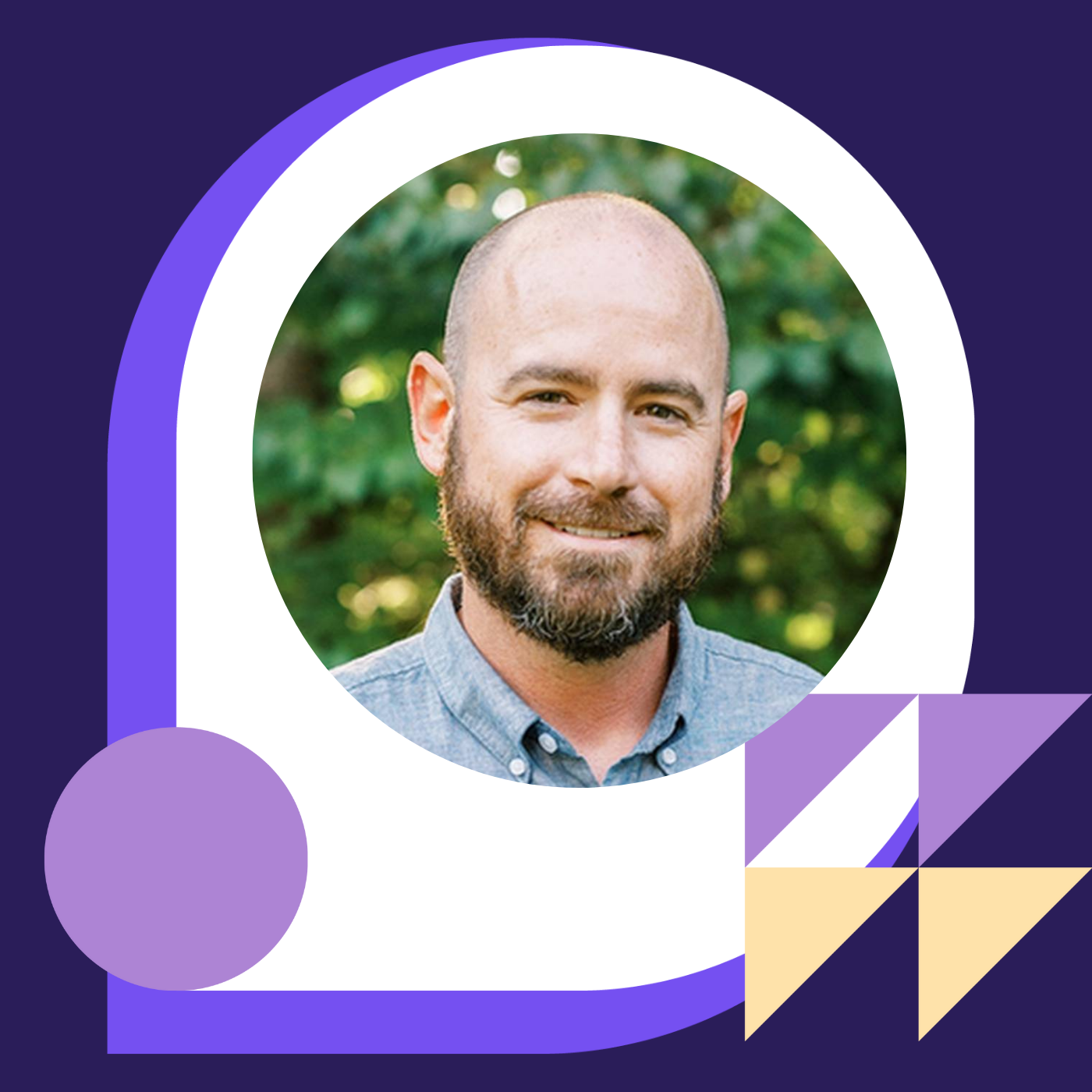Trintech and Planful: Bringing Finance and Accounting Teams Together for a Faster Close and More Accurate FP&A Process
- 0.5
- 1
- 1.25
- 1.5
- 1.75
- 2
Rowan: So, let's jump right into some of the content. We've brought the three of you together and obviously they've been gracious enough to let me moderate. We've brought the three of you together to talk through financing and accounting and why they're better together. So, let's start with the overall problem. From an accounting perspective, what is the impact or problems organizations face when they have a manual delayed closed process? And Scott, I'll start with you from a consulting and accounting firm perspective, I think you'll have some interesting insights to share.
Scott: We're speaking to our clients each and every day about this topic and believe it or not, it doesn't matter if you have a 12 day close or a three- day close, it's just a different starting point for the conversation. And we usually start off these conversations with some rather bold statements. Something like, business as usual is no longer an option, where the biggest limitation is no longer the existing technology and what it can do or rather the imagination of those that must apply it. This helps to drive a change in mindset for the accounting and finance function. We are also finding that finance organizations must transform at a quicker pace than the rest of the organization in order to stay at least one step ahead of the organization. There is also increased pressure on today's CFO to deliver value to the organization. Not only are CFOs tasked with preserving the value of the organization for gap purposes, but now they are tasked with creating value for the organization. If we take a step back though and look at the current state of almost every industry vertical, the speed at which these organizations are digitally transforming has surpassed most expectations. This digitalization has also increased the connectivity between the front, middle and back office and necessitates the need for a technology solution to support the process. As we take these transformations to the next level, we are pushing clients to go past their accounting silos and collaborate more broadly with the rest of the organization. If this vision is architect correctly, this should enable finance to provide the increases value to the organization. And finally, those organizations that do not embrace this change will be left behind. Solutions like Trintech and Planful need to be included in the finance roadmap and become baseline blocking and tackling technologies to support the finance and accounting function.
Rowan: That's so interesting about that transformation Scott. As we think about transformation and we think about the challenges of customers that are in pre- transformation or maybe in the midst of transformation and they're still challenged with that end- to- end continuous finance function Steve, what's the impact of that on an FP& A team?
Steve: I think we all know that finance is relying upon accounting. So, finance we know is never going to create historical data, that's what the accountants do. But, even if you think about some of those accounting functions to consolidate, you need to reconcile your data and ensure its accuracy and again, if you think it's all an interrelated between accounting and finance so, the longer you take to reconcile, the longer it takes to consolidate. The longer it takes to consolidate, the longer it takes to do the reporting, the analysis, the planning and all those good things. And even again from an FP& A point of view, if you think about that reporting and analysis process, it only can start after their close. So, if you've got a 10 day, 12 day, 15 day close, by the time you get to that reporting and analysis having those conversations with your business leaders, it's often too late to take action, a lot of decisions get stale, you get end up back just in this perpetual motion of executing these processes. And similarly, you can't really start again that planning or forecasting activity without knowing where you've been. So, to know where you're going, you really need to know where you've been and gaining that critical insight to understand the impact on your business or the market forces at work, that really can't happen quick enough and the days of doing the annual plan, the quarterly forecast updates, that's just doesn't cut it anymore. You really need to be into if not daily, it's weekly at a minimum these days. And often now the concerns of the CFO, they're not the tactical let me go and fix our planning process, it's how do I survive and thrive in a changing environment and change and disruption is going to demand agility and anyone that was listening this morning to the customer conversation probably heard Barbara from Specialized talk about in the midst of the pandemic of increasing the frequency and being able to do things like scenario modeling to deal with what ended up being a demand burn forward and I think-
Rowan: Who would have thought bicycles would have boomed in the middle of a pandemic. I don't think they expected that for sure. So Michael, let's talk keep going on that train of customers and some of their challenges. When someone comes to you at Trintech with many of the challenges that Steve and Scott talked about, what what's their pain, what are they feeling on the day to day?
Michael: So, Rowan, if I think even just about my background, I started in intercompany accounting doing reconciliations for IBM, their US accounting center and software group and we were exporting reports from DB2 database, manually matching transactions, physically printing, signing, reviewing with management on a monthly, quarterly annual basis. Unfortunately, that process hasn't evolved much more in several organizations, maybe into Excel, maybe into SharePoint, but it's still highly manual and air prone. And typically when our customers come to ADRA, a lot of them have good problems. They're outgrowing existing processes. They're looking to remove Excel as that control in their workflow as much as possible, but sometimes they also come after that audit findings they need to resolve before the next quarter end. Our customers are really coming from a different starting point in their journey. But, if you think about the major pain points, typically we bucket them into a couple of different areas. You have lack of overall automation, which is just driving downstream impact from it, lack of standardization across the process, across the close. Just the sheer volume of work, just has really picked up and now that we set a new bar for really what's expected. And you also have workflow management and lack of collaboration as a need to be able to track where things are, who owes this by what? And then being able to actually facilitate that communication between team members in an easy way. Now, because of all those pains, it does drive a downstream impact and Steve talked about the historical transactions being responsible from accounting, then to finance being able to break down that barrier that certainly exists in some organizations today where you have that pain upstream, but then just drives it downstream impacts. And from that, some companies being unable to grow with current head count. You can't afford new staff, you can't bring on a new business and they just have this vicious cycle where you can't individually assess workloads, identify bottlenecks, track who completed what during an audit, you're going back and looking through emails as I'm sure Scott would tell you isn't a great practice for being able to actually substantiate an account that you reconciled three or four years ago. It's just not possible now. So, those are certainly some things that we think about and we see from our customers and prospects.
Rowan: Thanks Michael. But, this isn't a new problem, right? This was happening five years ago, six years ago. How has it changed in the last 18 months? Are there any trends that you've noticed and Michael you were just talking there, so I'll start back with you again. Are there any trends that the last 18 months have created for organizations?
Michael: Really what we've seen is two years worth of digital transformation in two months. And that's a common theme we've heard from others in the market, we didn't actually expect to be where we're at now, we're expecting to be there in a few years, but we've now accelerated that and compress that timeline down. Companies are really emerging with more of an appetite for automation than before. Those are a lot of the recent conversations we've been having. We did a survey back in early 2021, which had meeting deadlines as the top challenge from the past 12 months, remote work being second. And third is really not surprising that strategic and being able to provide analysis and critical business insights in a timely manner was there and that was very close third where, you've really seen that the finance organization and accounting organization can start to break down those barriers to be able to need to now provide that timely reporting up through management and really from a Trintech perspective, when we think about financial close collaboration, helping organizations manage that fully remote close cycle. We also see organizations who have needed to adapt and evolve throughout the last 18 months and some of those that come to mind are e- commerce, retail and restaurants. And that's just a few examples that we see often, we have a restaurant chain around Dallas called Torchy's, and initially we had a conversation around third- party delivery services, where pre- pandemic, that was a small percentage of most organizations, most restaurants business. Now into it you got 90 plus percent, you were you're locked down, you had to be able to reconcile that because that was everything. You have Kohan who online retailer and physical stores, as you have an on the channel approach. You have these, I purchased it online, I need to return it into my store and then I repurchased it with a part of this. You want to tie all that back together becomes extremely important. Then just the sheer automation of multi- way match automation from let's say, point of sale merchant processor to the GL, being able to automate all of that so that you bring it all together so that it makes an accelerates the close cycle upfront so that the finance cycle down the line is that their not nearly as impacted.
Rowan: Well, that's definitely something that we've seen as well Michael. Speaking of trends, obviously Cole Haan some of the best shoes going around. I know I have a shoe problem with those, my wife says I've got too many pairs. Scott, at KPMG you're obviously speaking to hundreds of organizations all year round as an advisory practice and consulting. What are you hearing from customers about the trends that they've seen and changed in the last 18 months?
Scott: Well, building off of Michael and you just said, we've seen a dramatic change and a disruption in the marketplace even to this day and each and every day to the way that we do work. What we're asked to do, how we are asked to do it, and even how each of our companies are operating? That's a tremendous opportunity for us to provide value to each and every one of our clients, the pandemic has intensified this need to work more collaboratively. Individuals we're no longer located in the same geography, daily activities were disrupted and basic employee and customer needs were no longer a given as you guys have alluded to. Even more importantly, increased collaboration was needed within an organization from the CFOs, the CAOs and the CIOs, they needed to enable technology at a rapid pace and modify operations on processes at an even more rapid pace to keep up with the change and the disruption in the market place. So, it's not just the finance and accounting that has changed, organizations across the globe are also changing and the pandemic has sped up that need in most organizations and their entire business model has changed and thus, we're seeing an increased need for end- to- end digitalization. And from a transformation perspective at KPMG, we focus on six unique interconnected pillars of a target operating model, by incorporating each of these pillars into our transformation engagements, our results have shown that organizations do actually transform how they're operating and projects are not just comprised of technology implementations, but rather transformations. These pillars include the service delivery model, people in organization, a functional process, technology, data and reporting and controls and governments. In each one of these pillars has been impacted by the pandemic. For example, the service delivery model, how an organization is delivering on the close has been impacted by the ability or impacted by the pandemic forcing us to work remotely. No longer could you walk into somebody's office and just simply ask them a question. Additionally, think about the internal control environment with individuals in different locations and in some cases having different roles and responsibilities, it further changes and emphasizes the need for automation and process optimization. We also see the role of the office of finance changing as chief financial officers, chief accounting officers and controllers are being asked and forced to transform the way their departments prepare monthly financial statements so that they more accurately align to the strategic forecasting needs of the organization. Again, another area where Trintech and Planful integrate nicely into a future state target operating model.
Rowan: Both of you have hit the point right of how fast that transformation has actually happened. I host The Being Planful Podcasts and speak to CFOs and VPs of finance on a really frequent basis and I'm hearing lots of trends and Steve, I know you're speaking to customers all the time. What trends have you seen from the finance side of the house about their needs and I know you spoke about Barbara's change, what are you seeing?
Steve: I think also to tackle this one from that personal perspective of the actual finance and accounting professional. We've talked a lot so far about the pace and the expectation getting faster and faster, but there's always been in finance this constant urgency in everything we do, but we ended up with these manual processes and adding now the remote collaboration that's been put on us by the whole pandemic. And if I think again, just from a finance point of view, and certainly looking back to when I was a finance practitioner myself, you'd always be able as a finance person get things to a certain point. So, you'd always be rolling forward reporting on analysis and planning and all these things and having everything ready, but you're always dependent on the accountants to get the data closed and then be able to feed that to you. And typically that would end up with me sitting around waiting and my day would typically start after five o'clock, because they're taking their time to get their information ready. And by the time you do that, the impact to you personally as well is immense. Even at the moment, if life's not stressful enough, you think about the ways people have been impacted by the pandemic as well, whether it be through health and wellness or having to work at home and for those with kids, homeschooling children it's a very stressful time. And I think we've been finding now that employees are actually seeking out companies that have invested in automation, invested in tools and technology. No one wants to have to deal with the stress and pressure and all this environment that we're in today and the other thing we keep hearing as well is that our customers, they don't expect finance and accounting roles to be back in the office full- time anytime soon. So, this whole problem, this whole stress and things that impact finance are really only going to continue.
Rowan: You think about those pains, executives have basically got adjusted and are happy now that they're getting the information as fast as they possibly can. What was monthly is now weekly, what was weekly is now daily, but that's come at a real cost for people on the health and wellness side. And those pains are real and its forcing people to want to think about what else am I going to do? And so they're looking for the benefits, executives still want that information and insights. So, when we think about the benefits of moving to that end- to- end continuous finance function. What are those benefits? And Scott, what do you talk to your clients about what they can achieve when they get to that happy place and obviously retaining motivating and rewarding top talent, what do your clients see?
Scott: Well, as we've been speaking throughout this discussion about the traditional role of finance and what we all see as what we call the future of finance and that tagline at KPMG, the traditional role of finance is changing. In the past that role has been consumed by getting the consolidated financial reporting correct and playing the role or fixer during month end. And as for the future of finance, we spoke about the evolving role of the CFO and the need for a change in mindset within finance and accounting. Finance needs to continue and you'll hear us use this word a lot is disruptive process. We need to demand, when I say we its finance needs to demand good data from the start and use technology, just process automation beyond the process automation of the close. Through the years we have seen the evolution of the close from the ERP is pushing the close and the related technologies, a performance- based close and process automation and as we've seen the migration to the cloud. And now what we're seeing is actuals and forecasts are converging, so that Steve's got better information so he's not first starting his day at 5: 00 PM and that the predictive models may be better and more timely actuals to ensure accuracy. And in order to accomplish this, we're talking to a client that finance must change the status quo, focusing on getting data right the first time and pushing the use of technology to the next level and harnessing that data to drive real time financial insights. Finance needs to strive to shift the record to report process from retrospective review to continuous real- time visibility with pinpoint anomalies highlighted. The finance organization should have access to and really require better data. And that data will enable Steve to get home at a reasonable hour as we get that data earlier in the close process or even prior to the start of the close process. Finance will then be able to add additional value to the organization. And we at KPMG basically call this the digital close. And the concept of the digital close will continue to disrupt how the close is accomplished. And we will have five basic concepts associated with that. An exception- based close where we'll identify exceptions earlier in the process, the exploitation of technologies like Trintech implant fall, the creation of a structured data lake, exception- based center of excellence and an exception engine to identify exceptions or anomalies earlier on in the cycle. However, in order to operationalize this digital close an organization must establish a strong foundation of core business fundamentals. This move to a digital close is a journey, a multiyear journey that is continually evolving.
Rowan: Thanks Scott. I know you said Steve wants to get home at 5: 00 PM. I think he wants to leave the house at 5: 00 PM and I know where he wants to go and that's probably the pub with a beer in his hand. Steve, your shouting to me about the benefits of continuous finance all the time. Why don't you share what you're telling me about all the time with our viewers?
Steve: I think there's really two things that have resonated strongly with me that Scott's been bringing to the table here. One is about business not as usual is no longer an option. And the second is about needing those strong business fundamentals to operationalize something like a digital close. And again, we've talked a lot about not being able to afford the impact of that long close. But for me, the transformation and the close really needs to be at that intersection of technology process and people. From a technology standpoint, it's going to help, obviously with things like automation and collaboration between different functions in different areas of the organization, systematizing things like communication, and technology can be a real enabler of that change and having all facets of that accounting and finance process connected together through things like the close, the reconciliation, the consolidations, the reporting, the analysis, the planning and forecasting, and having all that within an ecosystem is really going to be key. But the other part really is about again, process and people in adapting to that new reality and not only looking at the impact from a Planful perspective, but also the opportunity of change and being able to facilitate some of that. And that, again comes back to creating a tight relationship, tight partnership between accounting and finance. And so, you'll see the best performing companies will end up doing this and doing this really well, where finance will share their vision with accounting, help them understand the direction of where they're going, the stories they're trying to tell so that when accounting is they're doing things like processing transactions, they can be a little bit more proactive in helping finance understand there's something that's coming down the line that you otherwise might not have found for a period of time, you can get out there and get ahead of all this stuff. And similarly, if accounting know what that FP& A process looks like and the different timings of things of when they need to get things done by. And again, if you think of an example of saying, we'll maybe in the close process, you can prioritize those high priority accounts for reconciliation and then that way it can facilitate finance being able to go out there and get their Berets analysis down in a more meaningful and timely fashion so that then you do have that time to be able to take action and make a real impact on the business. And where you can do this and pull that technology and process and people together and be able to condense that process it's really huge. So, being able to provide the confidence, the accuracy and again, we heard this morning in the customer panel Faith at Abbott, talking about the agility and confidence gained through systematizing some of this stuff. And so, being able to add those value add activities and spend the time there where it's meaningful, so that you can make better faster decisions and ultimately drive better results.
Rowan: That's so important. Michael, obviously you see Trintech customers getting these benefits and achieving those benefits. So, do you want to talk about what they are?
Michael: Certainly I'd be happy to. Having that holistic modernized close and planning process really leads to help ensure that downstream financial accuracy and timeliness, which then just helps the organization make it stronger and you can make more impactful business decisions as an organization. You can ultimately minimize growing pains as you scale efficiently, you can do that, if at larger scale you can do it efficiently. Just a few examples that come to mind, we have a customer Douglas Adams said, since we implemented ADRA, we now have everything in one place for our audits who actually are saving time going around searching for documents all around the business. We have it all now in one place, we're able to now identify, view and eliminate bottlenecks throughout the close. When the Dallas Cowboys went to all remote last year they were using ADRA to efficiently and effectively communicate and collaborate between departments. So, they were able to get that truly remote close and remote workforce. Improving work- life balance, I think Steve and Scott really hit on this. And just back to my personal anecdote, one of the reasons why I didn't stay in accounting at the time was because it was so manual, because I was doing that so manual and I moved into finance IT to pursue something different, but there was a reason for that. And I'm not the only one who was, I'm not actually going to spend five hours to do reconciliation. One of our examples with Moss Adams, were used to take five hours, now it takes less than a minute. So, he thinks that are higher volume that are able to be automated in a way, you want to make sure you're automating the right things, standardized and automated, there's certain processes you should go through to make sure that you're successful there. And that's really around our organizations are built up with people, we're attracting and retaining the right people within the right role. So, if there's expectations that you hear Steve talk about people coming out of school, this is what they want to do is work in an environment that can make the highest level contribution to, and they've grown up with technology, and there's a need now to be able to support that culture within our workplaces. So, having that common platform for accounting and finance really breaks down that barrier and provides that single point of truth for the close, accelerating the close while gaining that needed visibility to reduce risk.
Rowan: I don't know what the order of magnitude is of five minutes to less than a minute in seconds, but that's what a five X increase on just five hours you said crosstalk that's why my math not good, that's why I'm in marketing, relying on finance and accounting people. Obviously I'm now sold on the benefits of this, you guys have sold me and I know that your answer is going to be come speak to the software vendors and we'll help you out or call KPMG, but where can folks get started on moving through this transformation that we've been talking about during this session, Scott what do you think?
Scott: Sure. I think that as we've heard throughout this discussion, there's a big change management element of this. We need to understand each of your organizations ability or appetite for change, it's no longer status quo, it's no longer business as usual. And as we're talking to clients and further emphasize by the conversations that each of you are having, it's those that don't embrace this are going to be left behind. So, I would start with the change management and then go through the maturity assessment in each area that target operating model. Where are you on technology? Where are you on process? Where are you on people? And then pinpoint those where you have the furthest direction to get to, to get some quick wins. And that's another just to demonstrate value to the organization, to bring in some quick wins so that you continue to bring in and move the program forward.
Rowan: And it's really important to recognize you don't have to do it all at once. It's actually impossible to do it all at once. You just got to get started on each phase and we'll make all the event recordings will obviously be available after the event. And in each session, we'll be sharing helpful content and links. And so, we'll put some links in those sessions for you if this is of interest and understanding what those next steps should be. We'll send out some communication about those recordings afterwards. So, let's wrap things up. Michael, Scott, Steve, thank you so much for joining us, really happy to have you and we'll see you back here shortly.
DESCRIPTION
As Finance and Accounting (F&A) teams are being tasked with “doing more with less” — leading the organization with timely insights, driving digital transformation initiatives, and navigating a changing regulatory environment— they are quickly realizing the importance of leveraging automation to achieve a more connected FP&A function. Although organizations have started adopting technology solutions to automate various processes across the F&A function such as the financial close, financial reporting, and FP&A processes, they still struggle with those manual processes and a lack of visibility into the data if these solutions aren’t connected. This is why best-of-breed financial platforms have partnered together to automate your financial processes, end-to-end. Join this session to learn how Adra® by Trintech and Planful can give you greater confidence and control over the timeliness and accuracy of your FP&A process.
Today's Guests
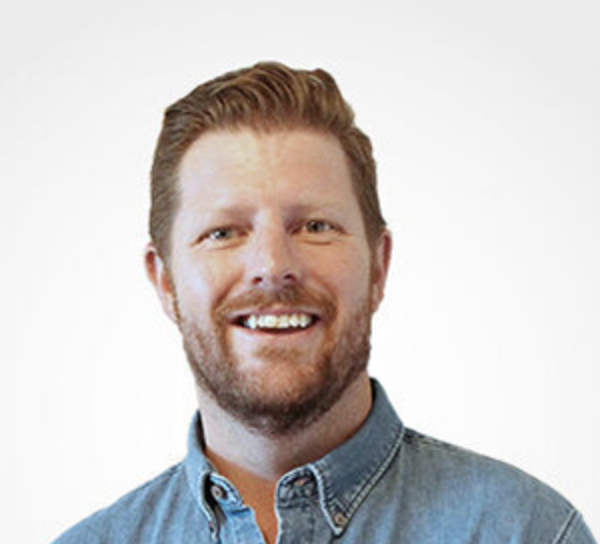
Rowan Tonkin
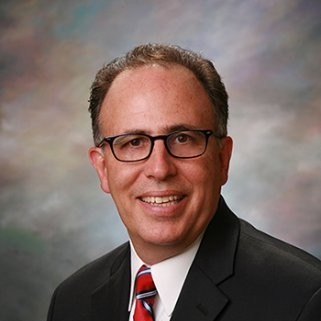
Scott Cohen
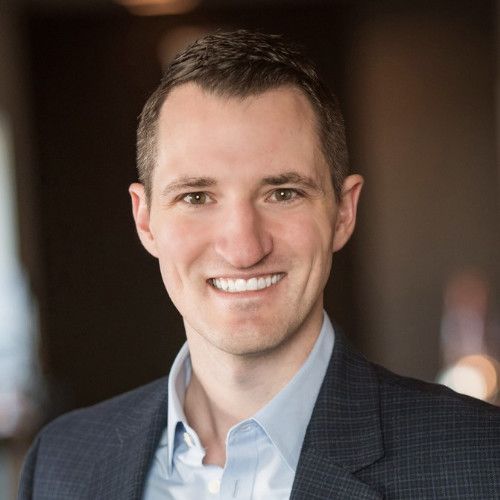
Michael Uram
